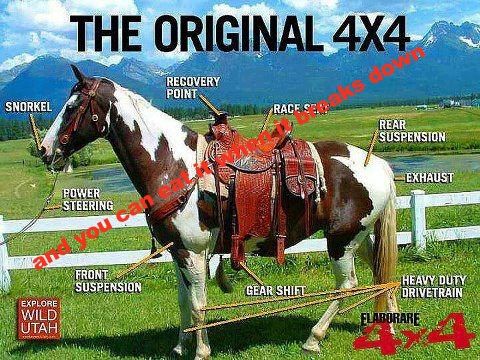BigBallinStalin wrote:They put lead in horses? (Obviously, that's an empirical matter, and I won't take your word on it).
It's pretty clear that you are failing to differentiate between different kinds of horses: one for human consumption as meat products, and the other for human consumption as racing products. Sure, there's may be quality control problems with converting horse races into meat products.
I've already address the issue of regulating food quality: impose the same standards on cattle for particular kinds of horse meat. It's a simple concept.
BBS, it's not "cute" when you're intentionally obtuse.
However, in case you're really that obtuse and not being "intentionally obtuse" I'll explain it again. Chemicals are made of compounds, some simple some not as simple. Some compounds do not pass through the system once ingested orally or topically but instead remain in the body, progressively damaging cells. Lead is a compound that has been shown to remain and damage cells; mercury is another.
Sugar is also a compound, but typically will not damage cells unless one is prone to certain disorders (such as diabetes). Protein, a compound found both in horse and cattle as well as other animal (and vegetable, for that matter) life, will also typically not damage cells.
DDT is yet another compound, one that is not usually "intentionally" eaten - just as "lead" is seldom intentionally eaten, and just as "mercury" is seldom eaten just to eat mercury. Yet, DDT has found its way into various parts of food chains in the past, causing damage not just to the initial animal that ate it, but progressively down the line.
Iodine is another chemical compound that in mass quantities can cause the human body distress, and is sometimes found in the food chain (especially from shellfish).
Now, HORSES are typically used for "work purposes" in the United States, and as such, they are frequently injected with things that a human would typically not care to ingest, and some of those things can, like DDT, be additive in the food chain (imbedding in the horse muscle/bonding to the protein so that whatever eats the horse meat is eating some of those potentially toxic substances the horse was injected with.) In the US, horsemeat may be used for dog food but is not typically used for human protein because some careless meatpacker might just put one of those work-injection horses in with the same batch of "food-injection" horses you suggest could be okay. (Allowed for dog food because for the most part, Americans don't eat dogs, either.)
Cattle, on the other hand, are not used as "work animals" in the United States so pretty much any cow will only be injected with things that are not yet proven harmful.
So the taboo against horse meat for human consumption in the US is because sometimes you cannot trust all those in the food industry to be honest and careful about which meat goes where, and the feds decided that the risk of dishonesty or carelessness was too great considering the potential lethality of workhorse injections in humans' food.
To re-clarify: I never said horses were fed lead; for all I know, the injections they're given COULD contain lead, but that wasn't the point. My use of "lead," like "mercury," and like "DDT," was to compare the unknown potentially-lethal chemical compounds a horse could be injected with, to know additive toxins (additive: remain and increase in the body rather than pass 100% out the urine or feces.)
Hope this helps.



















































































